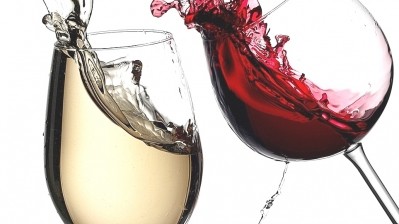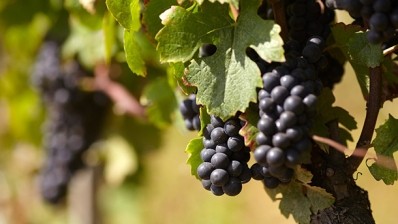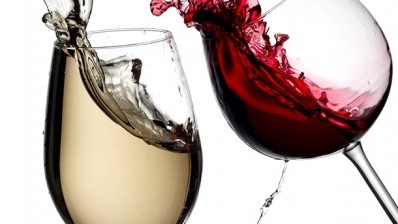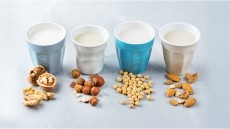Wine Intelligence warns exporters of wine dollar delusion in China

Research manager, Rui Su, noted in the new China Wine Market Landscape Report 2013 that China was already the world’s fifth-biggest wine market (155,375, nine-liter case import: 2011).
The market has enjoyed 55% year-on-year growth in the past five years, far higher than other Asian markets and other emerging wine markets such as Brazil and Russia, she added.
China also has 19m upper middle-class drinkers (5.67% of the nation’s urban population) while the currency situation favors imports, where French imports dominate, with 66% growth between 2007 and 2011, followed by Chinese and Australian wines.
The top five grapes for varietal awareness among consumers are Cabernet Sauvignon (60%), Chardonnay (40%), Sauvignon Blanc (39%), Riesling (38%) and Pinot Noir (35%).
Almost three quarters of wine drinkers in China enjoy trying new and different wine style and have a ‘strong interest’ in the subject, Su said Wine Intelligence's proprietary Vinitrac data showed.
“Perhaps most strikingly of all, 54% of consumers we questioned, a representative cross-section of the wine drinking community as a whole, consider themselves ‘experts on grape-based wine’,” Su said.
New market insights
Wine Intelligence has split China’s mainly male wine drinkers – 42% of whom are 30-39, 32% 18-29, 26% 40-49 – into six portrait groups, to provide new insights into the way the market fitted together.
Adventurous Connoisseurs are “confident, high-earning consumers”, Su said, while Prestige Seeking Traditionalists “always spend big, but usually in a business context, and very often on cru classé”.
Social Newbies are younger consumers who drink with friends or at work functions, while Casual-at-Homers “tend to buy mainstream-priced wines to enjoy for relaxation,” she added.
“They also believe is promotes wellbeing, something which is particularly true of Health Sippers, though this group has a narrower repertoire and is particularly price conscious.”
Finally, Frugal Occasionals are low-engaged, infrequent drinkers who drink wine for specific occasions and base their purchases mainly on price.
Dollar delusion risk
But Su warned that wine exporters who looked at the Chinese market and saw only dollar signs were deluding themselves.
“This is not an easy market to conquer, and brand owners who think the job is simply about parachuting in successful Western brands are in for an unpleasant surprise,” she said.
The experience of huge corporations such as Kraft and VW demonstrated that it paid to spend time understanding Chinese consumers: their local tastes, cultural values and knowledge.
Wine still hadn’t made a mainstream breakthrough, Su said, with usage still tied to spring and autumn festivals, while consumers weren’t really sure how to drink wine.
Mesmeric economic growth
Wine Intelligence research revealed that more than a third of consumers said there wasn’t enough information on back labels, Su said, while almost one in four said it was difficult to know what a given wine would taste like.
“There are also major concerns – and sadly, they are justified, that the wine they are buying may be fake,” she added.
Su said that these were challenges exporters to China needed to look at very carefully, alongside regulatory issues, import technicalities and a different business culture, before sounding a warning.
“The Chinese economic miracle mesmerizes global business leaders, but the growth trajectory must dip at some point, especially as demand dips for Chinese products in a recession-blighted West,” she said.


















